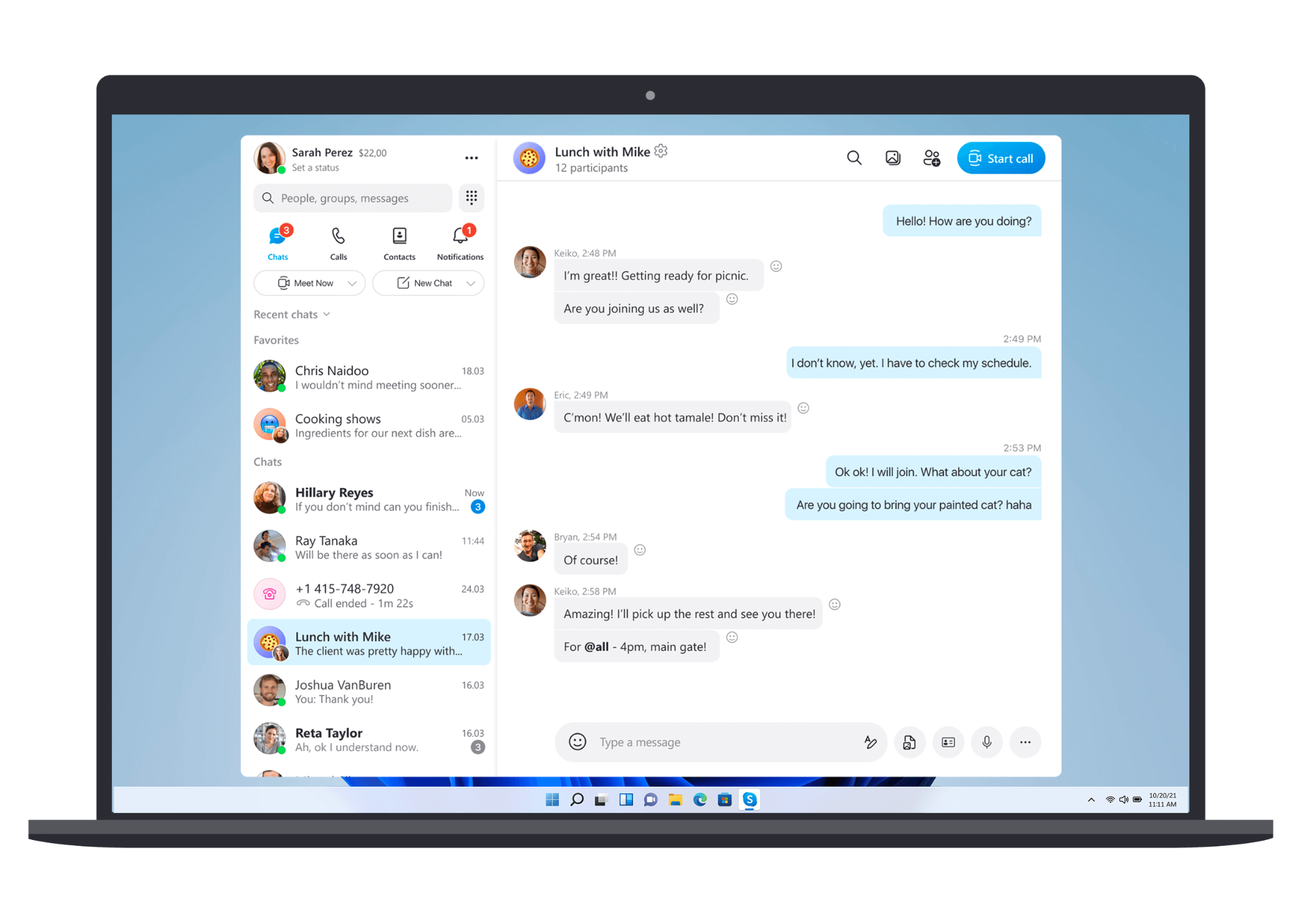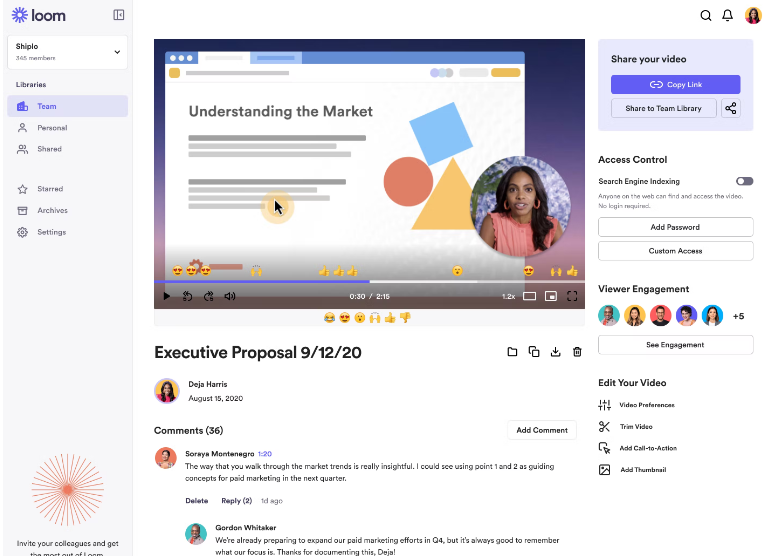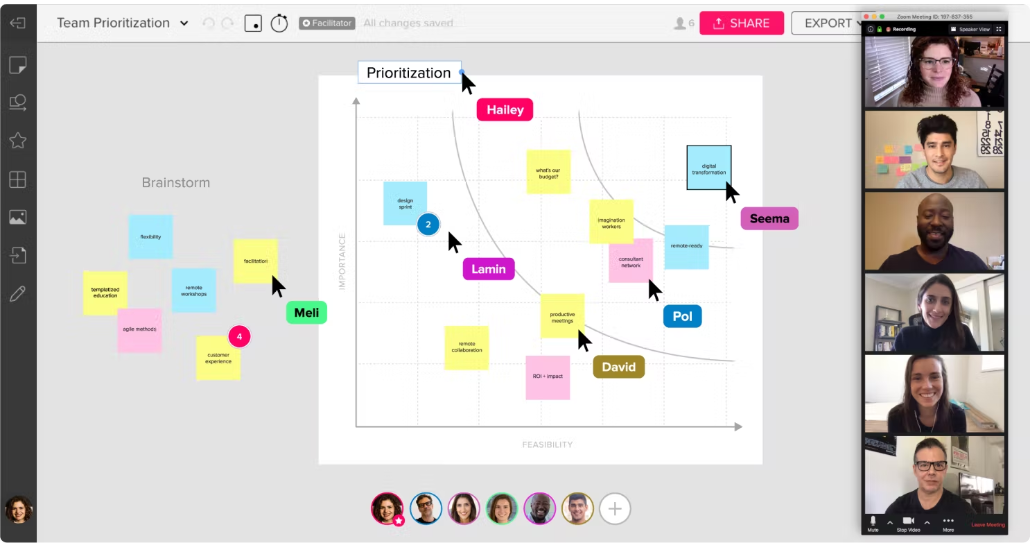5 Ways To Improve How You Communicate With Remote Worksites
The modern construction workforce has become increasingly remote, shifting toward a location-agnostic setting. Market reports show that 61% of employees prefer being remote full-time.
While remote work has its advantages in terms of accessibility and convenience, your business will need the right tools for optimized communication for teams deployed across job sites. From video conferencing platforms to collaborative documents, it is essential to integrate intuitive communication solutions that promote virtual teamwork.
You can decide on the most suitable communication solutions for your construction team by first assessing the specific needs of your employees and providing suitable technology in response to their priorities.
Remotely-conducted site management has set the stage for greater workplace flexibility where empathy will remain a driving force across communication channels, creating a powerful feedback loop that drives constant improvement. On the other hand, the lack of an organized collaborative platform might result in communication delays and disruptions that could compromise your construction processes, resulting in reduced productivity and increased safety issues.
Tip #1: Apply a versatile communications solution
Every construction employee has a preferred communication channel or method. Some individuals prefer email exchanges while others would rather communicate via video conference or voice call. For optimal results, you might consider a versatile platform that offers various communication methods that you can conveniently alternate between according to your on-site tasks and collaborations.
For example, you might implement instant messaging programs that support group webinars when sharing content or documents in a complex project. This arrangement makes it easier to convey a message to multiple participants, rather than relying on personalized email exchanges and individual calls.
Another thing to consider is unified communications as a service (UCaaS), which enables your organization to streamline tools via the cloud, including voice calls, video, and text messaging according to immediate organizational objectives of remote worksites.

Skype’s chat feature, showing the ability to make both video and voice calls within one app. (Source)
Tip #2: Improve collaborations with built-in communication
Collaboration platforms with built-in messaging enable various construction professionals to communicate seamlessly while sharing information or content. Ideally, these solutions should optimize single and large-scale discussions, making it easy to navigate and manage chat or video calls that involve varying group sizes.
Communication platforms with built-in messaging should make it extremely convenient for participants to group conversations into channels, which makes it more simple to share documents for specific collaborations and conversations. However, you may choose to conduct private conversations with certain participants for the exchange of confidential content and topics.
Tip #3: Combine synchronous and non-synchronous tools
Balancing between synchronous and non-synchronous communication remains key in optimized remote discussions. The increase in remote communications has led to “Zoom fatigue” among professionals.
Video calls remain essential for team members to communicate effectively with the right visual cues that eliminate the risk of miscommunication. However, supplementing real-time solutions with recorded/asynchronous content makes for smooth collaboration between participants from varying time zones and schedules.

An example in Loom of a recorded video so that anyone can access it across time zones (Source)
Asynchronous content works best for multiple scenarios, such as:
Comprehensive feedback
Brainstorming ideas within a given timeline
Providing detailed onboarding or product training tutorials
For instance, asynchronous tools make it extremely convenient for you to record a video and upload screen-sharing guidelines in a matter of seconds.
Synchronous communication solutions, such as team chat messaging platforms, enable teams to communicate in real-time to address issues and roll out responses in urgent scenarios, such as follow-ups in a construction work site accident.
Tip #4: Support communications with digital whiteboarding
Similar to asynchronous video tools, whiteboard platforms serve as an effective means of sharing design plans and visuals across each stage of construction. Some digital whiteboarding solutions enable the presentation of concepts in a simple and effective manner.

Mural allows you to digitally whiteboard while video conferencing with your team. (Source)
Flexible kanban-style platforms can inspire innovation with multiple templates that will expedite the whiteboarding experience. You may choose from a range of template categories that include consulting, sales and customer success, and technology for optimized outcomes across your construction projects.
Some common features in a whiteboarding solution include sticky notes, built-in messaging, audio and video call communication, file upload capabilities, and a dynamic library of templates for frictionless presentations.
Fellow participants in an asynchronous whiteboarding solution can conveniently respond to posted content at their own pace, adding comments and files through diagramming, mapping, and private mode messaging capabilities.
Tip #5: Keep a close eye on the time
Collaboration across remote worksites may result in poor time management and reduced cost-productivity without a proper tracking solution.
A well-placed timer within your communication tools ensures that participants keep meetings and collaborations concise and optimized while minimizing the risks of time overrun. Remember to factor in some break time for longer online sessions to make the process more manageable for your participants to sustain their focus and attention.
Timer applications provide close monitoring of your online video sessions to avoid delays and disruptions that may occur during a virtual meeting. Some advanced applications provide an auto-join setting for each of your video conference sessions for a fuss-free process.
Optimizing the advantages of remote communications
While remote work has many benefits, including greater work-life balance, enhanced productivity, and company cost savings in the long term, it is critical to choose the right combination of tools for optimized communication among teams.
More importantly, you will need to frequently review your communication stack to keep up with shifting employee demands, making sure to always keep on top of the latest technology and workplace trends.
Our Software Advice advisor team can help you with your software search by providing software recommendations of the most suitable programs for your construction company’s needs.